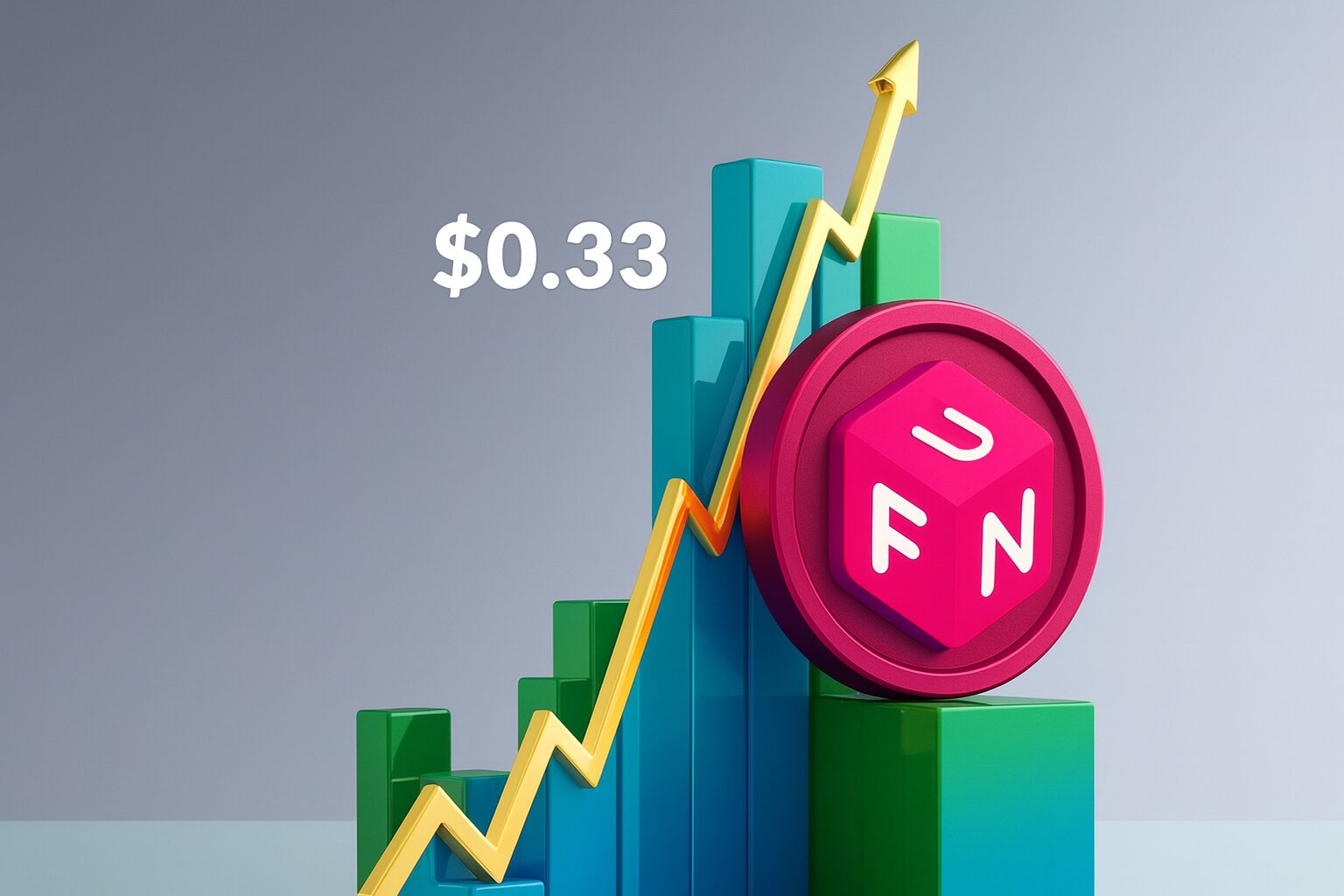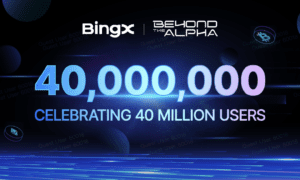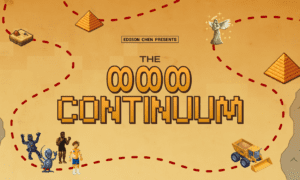As Web3 gaming evolves from a niche experiment into a mainstream movement, FUNToken ($FUN) is positioning itself to be one of the sector’s defining players. Trading around $0.0202 at the time of writing, FUN has not only maintained steady momentum over the past several months but has finally crossed the symbolic $0.02 mark, reflecting growing confidence among both players and investors.

Since early 2025, FUN has shown it can scale both adoption and price sustainably, supported by a vibrant community, clear utility, and a roadmap that consistently delivers results. Now, with an ambitious target of $0.33 by next year, the question is whether the ecosystem has the tools, traction, and momentum to sustain this trajectory and achieve even greater milestones.
A closer look at FUNToken’s expanding roadmap, deflationary mechanics, and community-driven incentives suggests the answer could be yes.
Building a Daily Utility Engine
Unlike many gaming tokens that rely on speculative buying, FUNToken has invested heavily in creating real reasons for players to engage daily. At the center of this strategy is the Telegram bot, which gives more than 136,000 users an accessible way to:
- Play casual games
- Spin the Wheel of Fortune for prizes
- Complete daily and weekly missions to earn rewards
This utility-driven model ensures FUN tokens have real use cases, not just trading value. As more players participate, transaction volumes grow, creating the foundation for consistent demand.
A Roadmap Designed for Scale
FUNToken’s roadmap for the next year outlines clear, measurable goals to drive adoption:
- Expanding to more than 40 live games across Telegram, iOS, and Android, targeting players with diverse tastes
- Launching the FUN Wallet mobile app, where users will be able to stake tokens and track rewards in one place
- Introducing cross-game leaderboards achievements that encourage repeat engagement
- Partnering with mid-size game studios to integrate FUN as an in-game currency outside the native ecosystem
- Hosting the Global FUN Gaming Summit, bringing together players, developers, and partners to elevate the brand
- FUN integration with external game ecosystems
These milestones are designed not only to grow the user base but also to tighten the connection between gameplay and token demand.
Deflationary Mechanics to Reinforce Scarcity
As the ecosystem expands, the deflationary model becomes even more critical to supporting higher valuations:
- Each quarter, FUNToken funds burns using real platform revenue from gameplay fees and transactions
- In June 2025, a burn of 25 million tokens was completed, removing a substantial portion of supply from circulation
- As staking goes live inside the FUN Wallet, a significant portion of tokens will be locked up for fixed periods
Together, these mechanisms systematically reduce available supply, making every token more scarce as adoption grows.
The Power of Community-Driven Growth
One of the biggest advantages FUNToken has over typical gaming projects is a community-centered approach:
- The $5 million giveaway rewards players for holding, playing, and referring friends, encouraging long-term loyalty
- Daily missions, spins, and rewards inside the Telegram bot keep participation high
- The official Telegram channel provides consistent updates, building trust and transparency
This combination of incentives and open communication means users are active participants in the ecosystem’s success.
The $5 Million Giveaway: Fueling Adoption and Loyalty
One of the most powerful drivers behind FUNToken’s recent growth – and a major pillar of its future strategy – is the $5 million giveaway. Unlike one-time airdrops or short-lived promotions, this campaign is designed as an ongoing incentive engine that rewards consistent participation and long-term holding.
Here is why it matters:
- Encouraging Holding Over Trading
Players who keep FUN tokens in their wallets are eligible for larger rewards. This reduces sell pressure and helps create a more stable price base as the ecosystem grows. - Rewarding Active Gameplay
The giveaway isn’t limited to passive holders. Users earn entries by completing daily missions, spinning the Wheel of Fortune in the Telegram bot, and playing games across the platform. - Driving Referrals and Organic Growth
Players are incentivized to invite friends, which expands the community without relying solely on paid marketing. As more users join, network effects strengthen adoption. - Building Loyalty and Engagement
By distributing rewards over time, the program keeps users coming back week after week, creating habits that reinforce daily transaction volume and platform stickiness.
The $5 million giveaway is more than just a promotional tool. It is a strategic lever that ties together FUNToken’s core goals: grow the user base, increase engagement, and support long-term value through a committed, active community.
Why $0.33 Is a Credible Target
While reaching $0.33 would require substantial growth from current levels, several factors make it a realistic target if roadmap execution stays on track:
- Expanding daily demand: More games mean more transactions, which directly support price stability.
- Predictable deflation: Quarterly burns and staking steadily reduce circulating supply.
- Ecosystem stickiness: Rewards, leaderboards, and NFT achievements create habits that keep players engaged.
- Incentivized holding: The $5 million giveaway and staking yields give users clear reasons not to sell.
- Community loyalty: A large and growing user base supports organic word-of-mouth growth.
When adoption and scarcity move together, the price potential grows stronger over time.
Final Thoughts
From Web3 gaming to deflationary economics and community-driven incentives, FUNToken has laid out a model designed to support long-term value creation. If the roadmap continues to deliver and the ecosystem expands as planned, the journey from today’s price to a $0.33 milestone by next year could become a defining example of how utility and transparency can build sustainable growth in the token economy.
Note: The price mentioned was accurate at the time of writing (July 14, 2025) and may have changed since



































